Welcome to our latest Tech Q&A, a series in which we answer your questions, tapping into our unparalleled access to the sharpest minds in cycling – both on the BikeRadar staff and externally.
For this edition, we received questions on the lifespan of carbon fibre components, how our reviewers consider weight when rating a bike’s handling characteristics and whether you can swap Sidi Tecno dials for Boa equivalents.
Senior technical editor Tom Marvin sat down with technical editor-in-chief Robin Weaver and technical writer Oscar Huckle to answer these questions.
And remember, if you have a question you can’t find the answer to, email us at podcast@bikeradar.com. Each month, we’ll select the most interesting questions and bring you an expert-level response.
The lifespan of carbon components
John Archibald asks…

I have a 2016 Specialized Diverge Comp Carbon gravel bike. Over the years, I've made various improvements, and it has become a highly efficient endurance machine that has served me well on many multi-day, 100-mile-per-day trips. It is finely tuned to my needs and I am very happy with it. I'm not swayed by the marginal gains a new bike might offer, but I do have some concerns.
My first question – I realise my frame is now approaching 10 years old, and I also have carbon wheels and cranks. I've heard that carbon components are supposed to fail catastrophically rather than gradually. How long do carbon components, particularly frames, last? As a consumer, is it possible to predict if a failure is imminent, or are there specific things that can be inspected?
And sticking on the subject of carbon, what happens to a frame at the end of its life? Carbon strands and epoxy don't sound very recyclable. Performance and weight aside, is it better for the planet to purchase a metal-framed bike rather than a carbon one?
BikeRadar’s answer…

Oscar used to work at Carbon Bike Repair, a carbon repair and paint restoration company in Leatherhead, Surrey, so is best placed to answer this question.
He explains, in theory, a carbon frame will last indefinitely provided it’s looked after and it doesn’t suffer any impacts. Make sure you stick to any recommended torque values (carbon doesn’t like to be over-clamped), never clamp a carbon tube in a bicycle repair stand and ensure the bike is in good mechanical condition.
However, theory is different from reality. Carbon and aluminium are not good bedfellows and if there’s a threaded bottom bracket shell, for example, over time the bond between the aluminium shell and the carbon could weaken.
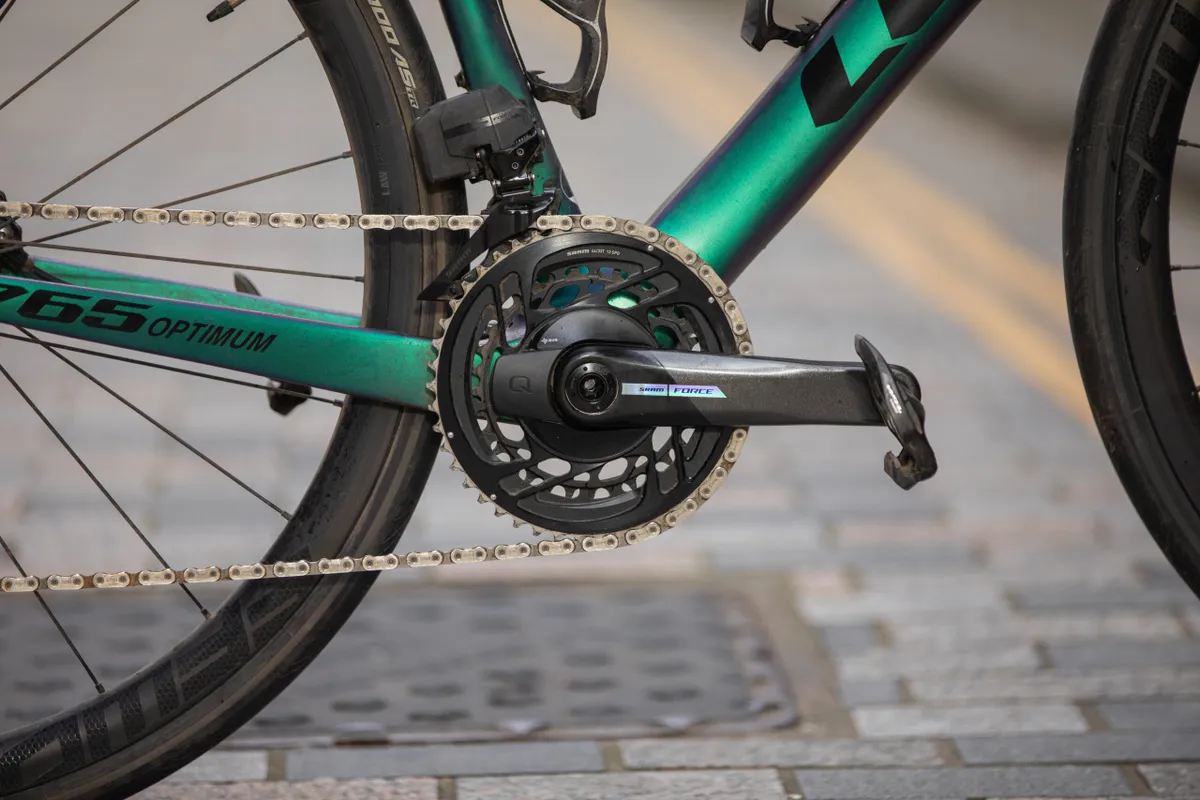
It’s a similar story if you have an alloy dropout (which inserts into the carbon of the seatstays and chainstays) – this area is subject to galvanic corrosion, as are any bottle cage rivnuts or cable guides.
Specific issues that can arise from riding include chain-suck damage or abrasion to the carbon if you’re running too wide a tyre, if your heels are rubbing on the chainstays or if you have any bikepacking bags or mudguards and they contact the carbon.
Oscar explains if you suspect you have any carbon damage or simply want peace of mind, take it to a reputable carbon repairer with the tools and knowledge to check over the frame and any components.
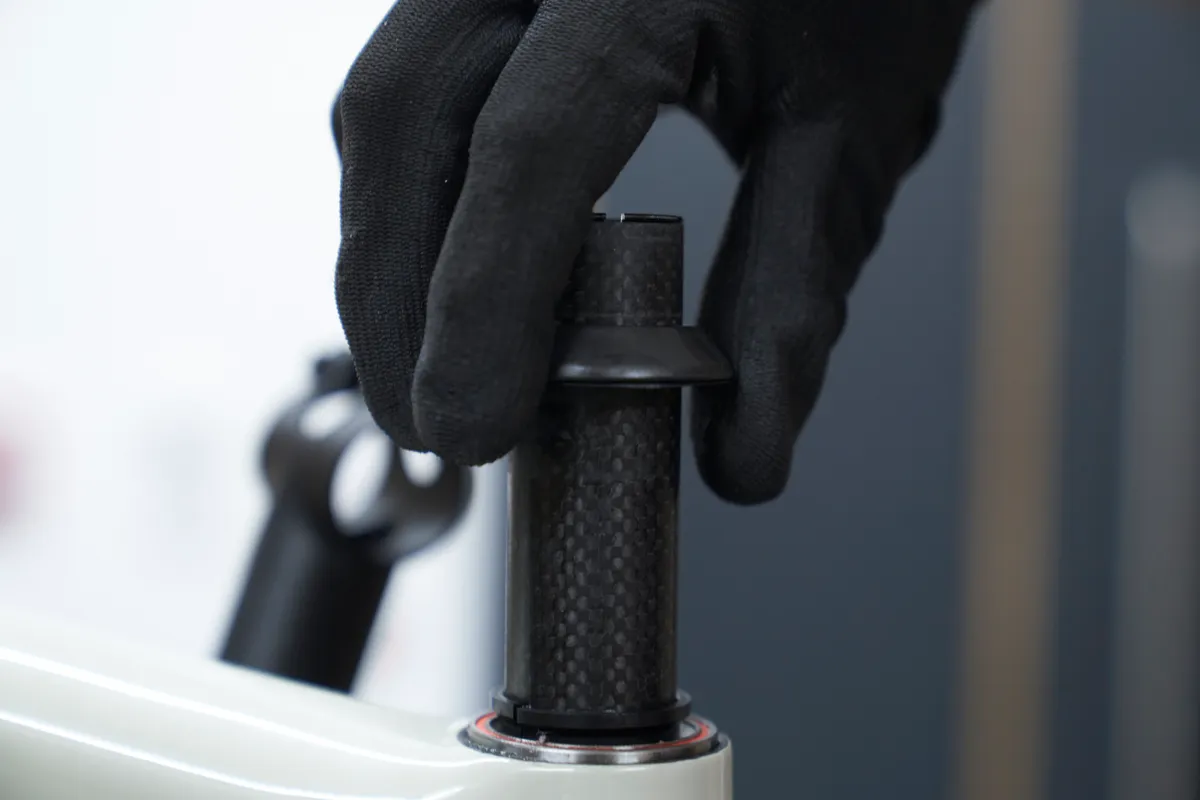
He also suggests periodically inspecting the fork steerer tube and never riding with a loose headset – the upper bearing will rock and start to abrade the steerer. This is known as the ‘ring of death’.
As for what happens at the end of a carbon component’s life, Oscar acknowledges that’s a difficult question, with brands having different philosophies. Specialized, for example, uses reclaimed carbon in the base of some of its latest saddles – this sees waste carbon fibres combined with injection-moulded nylon as a means of combatting the problem.
There is certainly an issue, though, with carbon components lying around and brands not knowing what to do with them.
Oscar is planning to write a tech feature on carbon recycling in the future, so stay tuned.
Do reviewers consider how weight affects a bike’s handling?
Ben Smith asks…

Bike reviewers don't seem to consider the weight of the rider and how this affects handling. I'm a 100kg mountain biker and my bike could also be ridden by someone who weighs 50kg. I might describe a bike as forgiving and compliant, but a lighter rider might find it harsh and uncomfortable.
Is this something we need to consider, or is it all in my head? I currently ride a 2018 Santa Cruz Bronson with Zed Ultimate forks. This setup suits my size, making me feel like a better rider. By comparison, my previous lightweight cross-country bike felt inadequate under my weight.
BikeRadar’s answer…

Rob says Ben is absolutely right and weight is an important point BikeRadar factors into its reviews.
He highlights how most of the mountain bike testers are a similar weight and acknowledges it is therefore difficult to pinpoint those differences because we don’t have testers at extreme ends of the spectrum. For reference, there’s about a 10kg difference within our core test team – Rob, Alex Evans, Tom Marvin and Luke Marshall.
Rob says we consider weight with regard to suspension and a tester will always include their weight in a review for context. BikeRadar also always tries to suggest a compression setup for different weights.
Rob goes on to explain that frames and wheels are more difficult to comment on. Some of the team are much stronger and they can more easily pick up any concerns because they can put more force through the bike.
In terms of comfort and compliance, it’s something all reviewers, irrespective of bicycle genre, try to comment on.
Rob acknowledges how rider weight affects handling is a really hard aspect to assess, but BikeRadar does the best it can within the limiting parameters.

Finally, Rob explains how many frame manufacturers will build carbon frames with different layups across the sizes, so that all riders have an identical experience, regardless of their weight.
Brands obviously assume a certain weight bracket per size, which may not be perfect. However, by and large, a cyclist on an XS size will weigh less than one on an XL, so there’ll be less material.
Tom Marvin adds he will always include a sentence starting “For a rider of this weight” to provide context. He also agrees with Rob that it's difficult to give a definitive answer.
He also explains how reviewers test bikes in a suitable place for their price point – for example, we wouldn’t take a £500 mountain bike down a black-rated trail.

From a road and gravel perspective, Oscar explains how the tech team will also list weights in reviews. He acknowledges weight distribution (how much weight is over the front wheel vs the rear) plays a large role too, which will have an impact on how a bike feels. This is also true of mountain bikes.
Finally, Oscar explains how he will initially experiment with tyre pressure if he’s testing a bike with an unfamiliar tyre and will add that information to a review.
Carbon vs aluminium wheelset aerodynamics
Aldert Poot asks…

Could you tell me if there is a difference between a 45mm carbon wheelset and a 45mm alloy wheelset in terms of aerodynamic advantage?
I know there is a weight penalty for alloy, but when weight isn't as crucial on flat terrain, I wonder how necessary carbon wheels are.
BikeRadar’s answer…
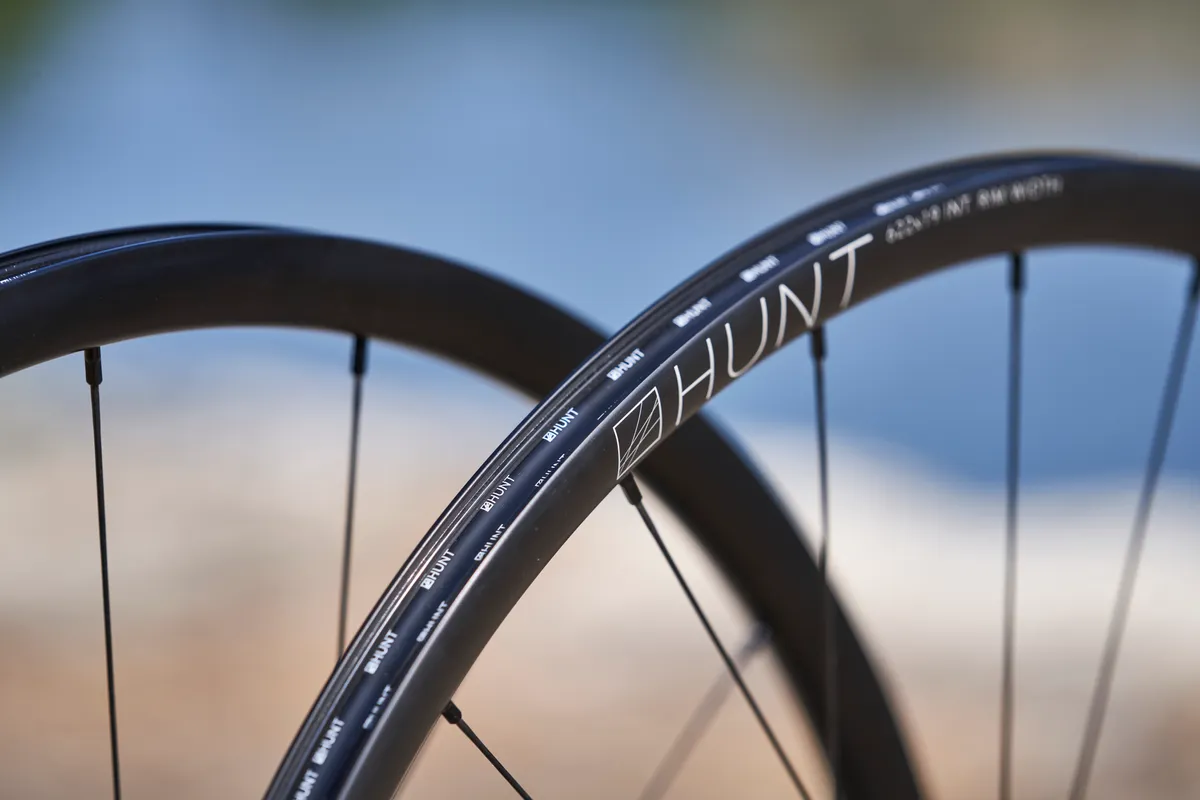
Oscar explains, in theory, if you had two wheels and they were identical in terms of external and internal rim width, as well as rim depth, they should give you the same aerodynamic advantage (although the carbon offering will be more compliant).
However, the reality is entirely different.
Aluminium rims tend to measure narrower than carbon and, as a result, you cannot really compare them.
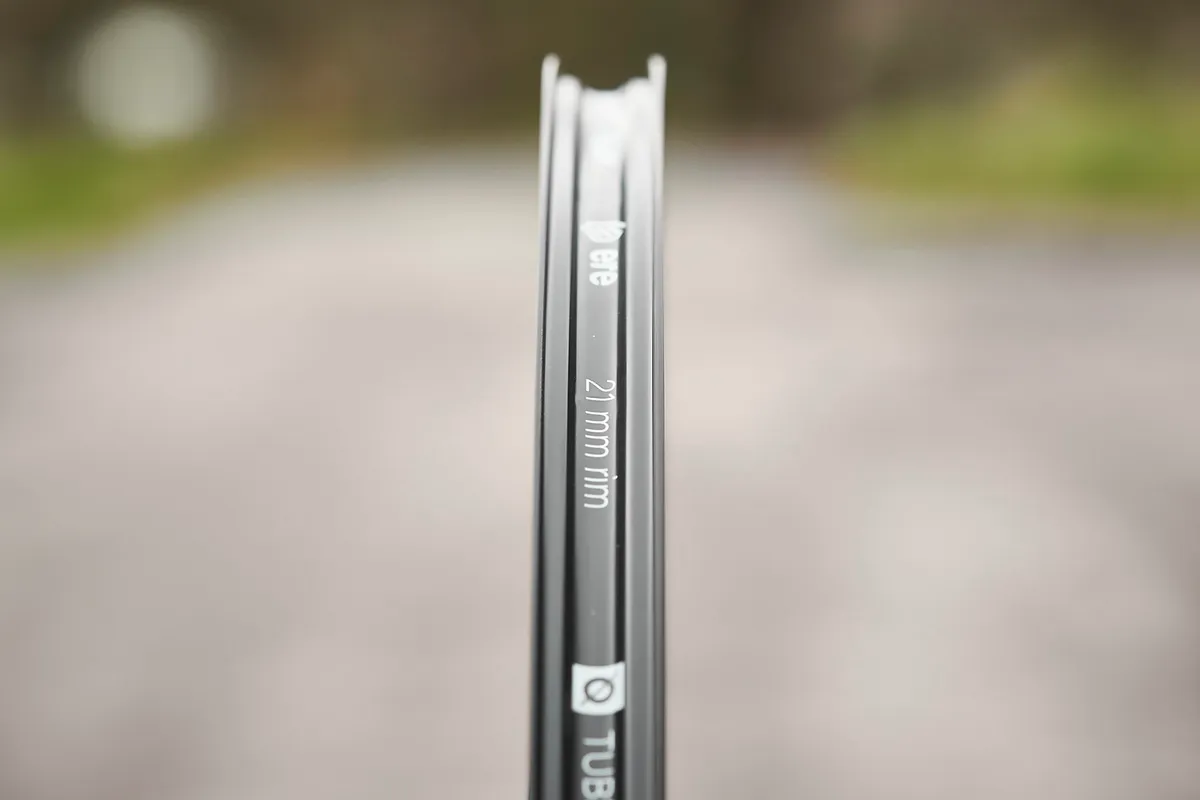
For example, senior technical editor Ashley Quinlan recently reviewed the Ere Research Explorator GCR40, a specialist alloy aero wheelset. The rims measured a relatively wide 21mm internally, but they were only 24.5mm externally, which is quite narrow compared to what you’d find on a carbon rim.
The advantage of wider carbon rims is the ability to run a wider tyre, which will improve ride feel and acceleration. You can run a wider tyre on a narrower alloy rim, but there will then be a difference in aerodynamic performance – wider carbon rims, therefore, enable you to have the best of both worlds.
Tom asks Oscar why there aren’t more high-end aluminium wheel options. Oscar says if you had a wider aluminium rim, there’d have to be more material, so it would weigh more.
Can Sidi Tecno dials be swapped out for Boa closures?
Jeff asks…

For many years, I have been using Sidi road cycling shoes, as they have always fit my feet well. However, in recent years, Sidi has adopted their proprietary Tecno wire closures.
After using shoes with these closures for a couple of years, I have come to dislike them. Is it possible to swap them for Boa closures?
BikeRadar’s answer…
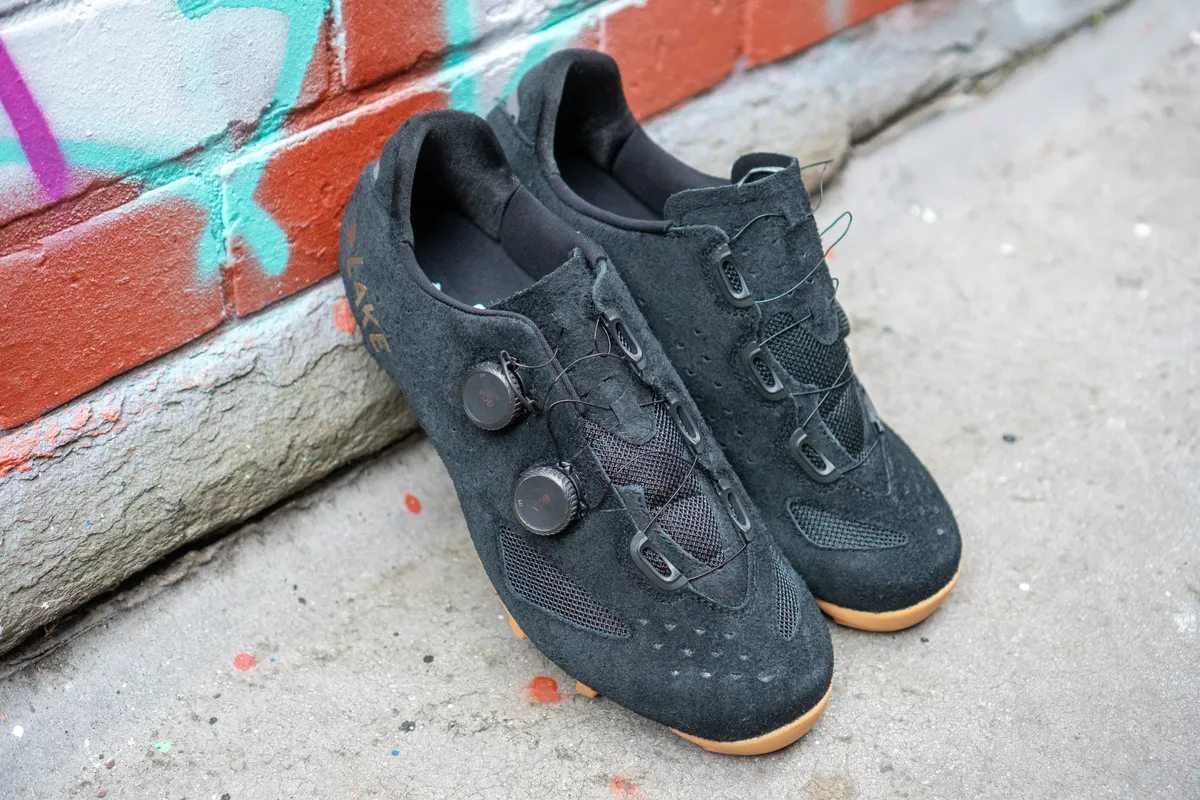
This is a straightforward answer – no.
This is because of the way Sidi’s Tecno dials attach to the shoe. Boas typically press into a slot, whereas Tecno dials install via a pin.
Oscar, Rob and Tom all say they have had very positive experiences with Sidi’s Tecno dials.
Campagnolo 12- and 13-speed cross-compatibility
Jorge asks…

Can I expect acceptable and complete gear-range changes if I switch my 13-speed Campagnolo Ekar cassette to a Campagnolo 12-speed cassette and 12-speed chain, while still using Ekar shifers?
BikeRadar’s answer…

Oscar explains you cannot mix and match 13-speed Ekar components with 12-speed ones because the 13-speed cassette is designed specifically to pair with the Ekar rear derailleur and shifter.
The 13-speed chain is 0.25mm narrower than a 12-speed equivalent, so a 12-speed chain won’t work on an Ekar cassette.
The cable pull of the shifter is designed to pull the rear derailleur a certain distance. Combining a 13-speed Ekar shifter with a 12-speed rear derailleur won’t pull the cable the right amount for it to shift smoothly onto the next cog.
The difference between fork dampers
Lachie Wakeling asks…

A Fox 36 fork can now have various compatible dampers: GRIP, GRIP 2, GRIP X and GRIP X2.
For an all-mountain bike, how much difference is noticeable by upgrading from a GRIP damper? Do you think it's worth the money and which would you choose?
BikeRadar’s answer…
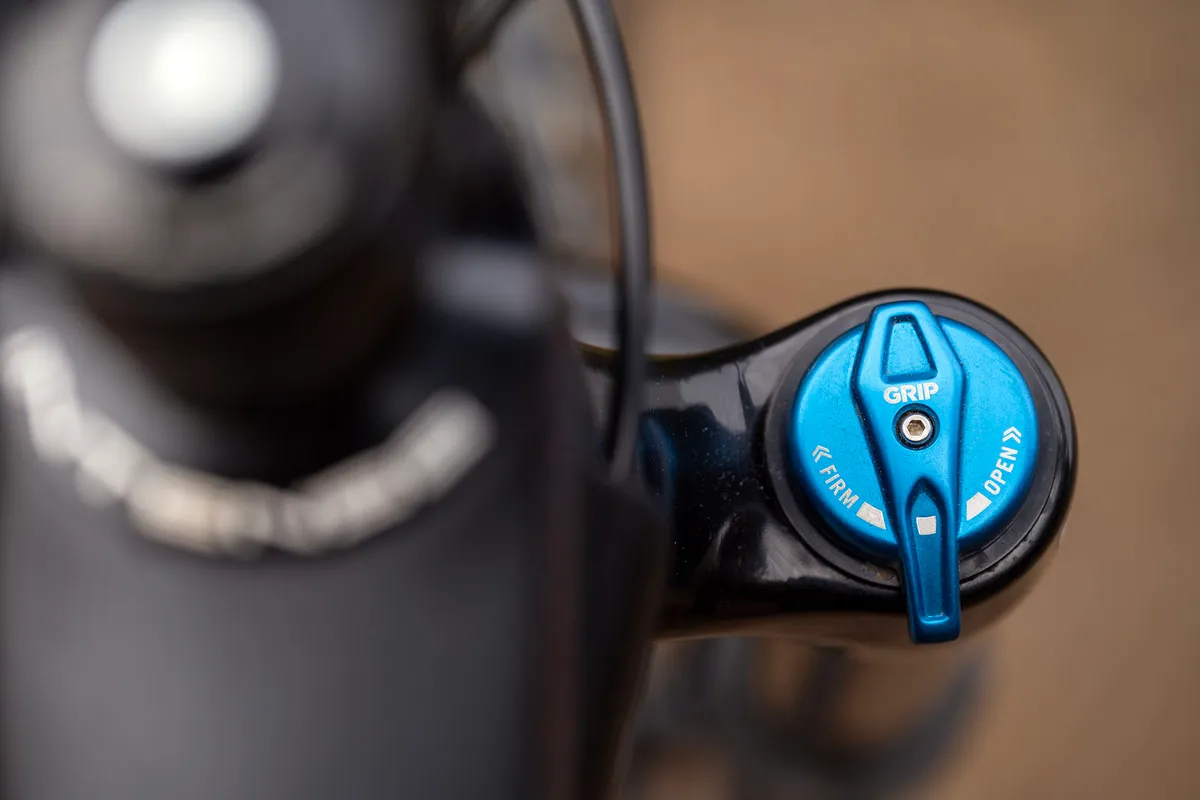
Rob says, as someone who’s quite tight, he likes to see if he can get the best out of what comes on the bike first.
He acknowledges the GRIP damper is fantastic in terms of its comfort, sensitivity and suppleness – and this is a sentiment shared by Tom and the wider tech team.
It can get stuck when you’re pushing really hard, but Rob recommends a way around this is asking a suspension servicing company if they can customise the tune for you.
It’ll add somewhere in the region of £50 on top of a service.
If you’re still left wanting more from your damper after customising the tune, such as the multiple adjusters on a fancier GRIP X or X2, this is something you can look into.
Rob is currently riding a bike with an X2 damper and has been impressed so far.

As with the GRIP 2 damper previously, there’s high- and low-speed compression-damping adjustment, and high- and low-speed rebound adjustment. That’s a lot – four separate clickers – to try to get your head around and find a sweetspot, although a brand will typically suggest a base setting to start with.
It all depends what you’re after, and if you want the ability to tweak the settings from ride to ride, which you’ll get with an upgraded damper. Rob acknowledges the benefits of an upgraded damper, but thinks a well-tuned GRIP damper will perform a similar job, for a significantly lower price.
It’s not cheap, though, because getting the damper alone installed will cost close to £500, with more on top of that if you want a fork service, too.
You’ll also need to check compatibility with your fork – for example, if you have a Fox Rhythm, it may not work.

Tom also points to the comfort and performance benefits of an improved damper.
Both Tom and Rob suggest trying to fine-tune your existing GRIP damper first and if that doesn’t get you the jump in performance you’re after, considering a full damper change.
You could then spend the money saved on a coaching session, for example, which is more likely to make you a better rider than simply upgrading your damper.
We’ll have reviews of the GRIP X and GRIP X2 coming soon, so keep an eye on BikeRadar.
How to subscribe to the BikeRadar Podcast
The BikeRadar Podcast takes you to the heart of the issues that matter for bike riders, whether you're a roadie, mountain biker, gravel rider or commuter.
From the latest tech news, reviews and debates, to interviews with the biggest and most interesting personalities in cycling, the podcast is your direct line into the BikeRadar team.
To make sure you don’t miss a future episode, you can subscribe via Apple, Spotify or wherever you get your podcasts.
